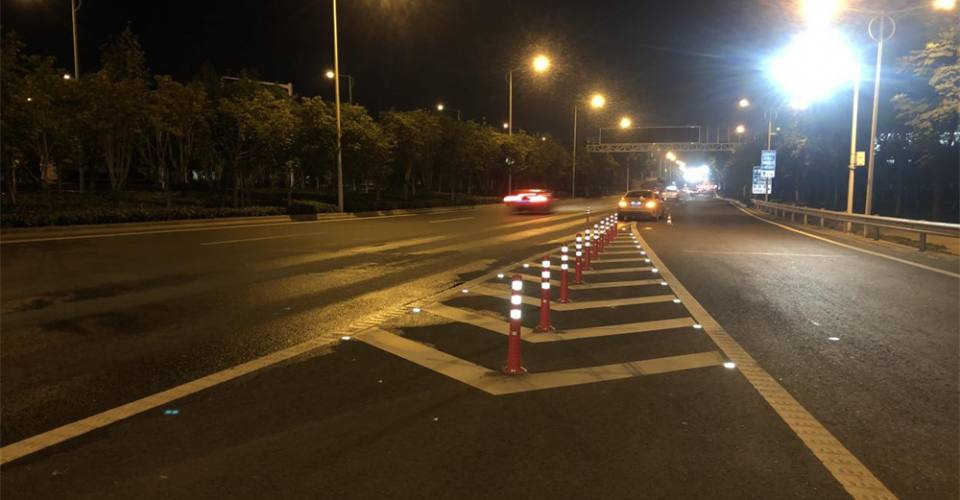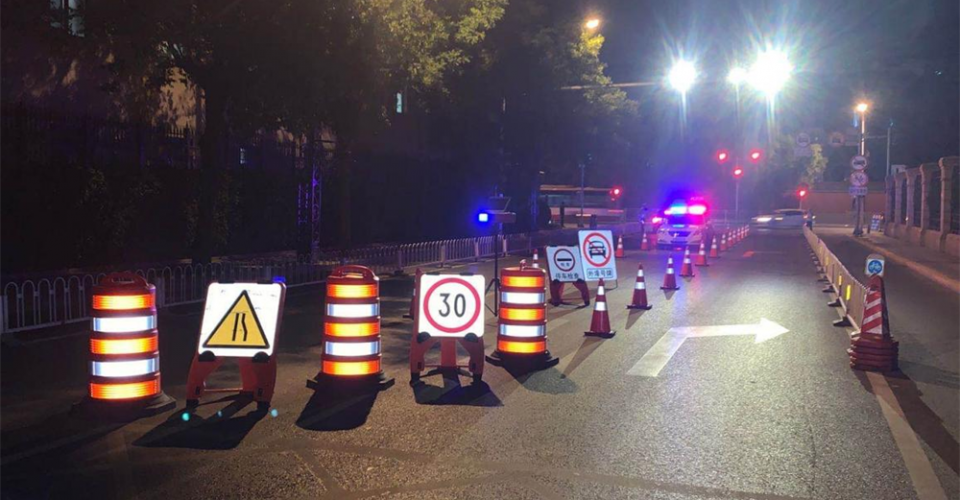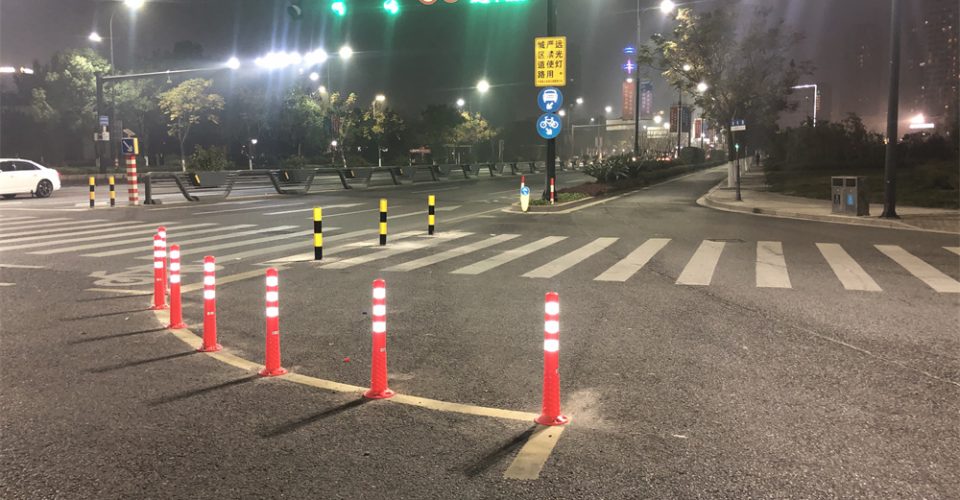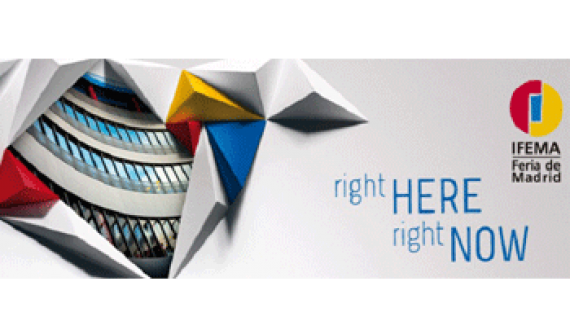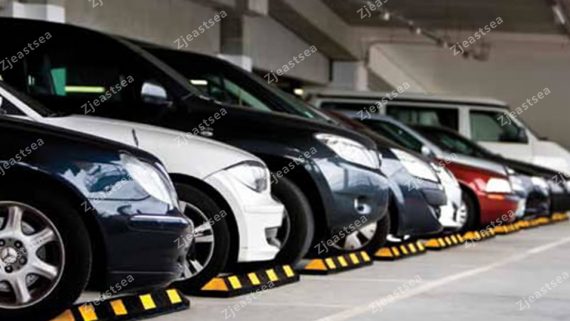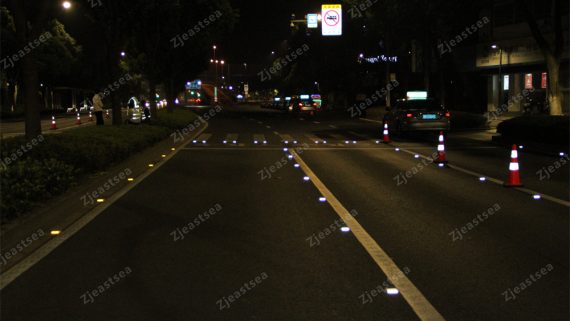IMPROVING ROAD SAFETY
Working towards Vision Zero
The only way to practical, feasible way to drastically reduce the number of traffic victims the implementation and employment of a ‘vision zero’ and ‘safe system’ approach in which the entire design of traffic and the lay-out of road and cycle infrastructure is centered around the most fallible and vulnerable road users: humans. According to the OECD, pioneers Sweden and The Netherlands introduced a proactive, integral approach in the 1990s, using labels as ‘Vision Zero’ (Sweden) and ‘Sustainable Road Safety’ (NL). What has been done so far, what are the successes and challenges when it comes to road safety and what kind of new smart roadside equipment and driver assistance systems have been developed to improve road safety? Three road safety experts discussed opportunities and hurdles we still need to overcome with host Marinda Hall.
Investing in good infrastructure
Peter van der Knaap, Managing Director of SWOV, the Dutch Institute for Road Safety Research, believes that the Netherlands’ Sustainable Road Safety (SRS) approach will prevent crashes whenever possible and prevent the risk of serious injury as much as possible.
“A Safe Systems approach to road safety would mean that, as an ethical imperative, no human should be killed or seriously injured as a result of a road crash, as the blame lies partly with the system. People make mistakes – they don’t deserve to be killed because of a mistake. Once this imperative is accepted we will no longer blame the driver but will look to change the system.”
Van Der Knaap and SWOV’s vision is clear: in a sustainably safe road traffic environment the infrastructural layout considerably reduces the risk of crashes.
“In case crashes do still occur, the process that determines the crash severity is conditioned in such a way that serious injury is virtually excluded. Protagoras’ assertion that ‘man is the measure of all things’ is used as the point of departure. Nearly all crashes have their origin in human error. Hence, the purpose is clear:
(1) to reduce the number of errors that are committed by providing clear traffic rules and road design and at the same time; and
(2) to construct infrastructure and vehicles in such a ‘forgiving’ way that errors do no longer have fatal consequences.”
“For every €1 spent on road safety you get €3-4 back in benefits and measurable sustainability.”
In Van Der Knaap’s opinion safe driving is a behavioural change and a change that should be inherently provoked.
“For every €1 spent on road safety you get €3-4 back in benefits and measurable sustainability,” he argues. “Road safety innovations are good value for money as they have many social benefits.
“Human factors are the primary focus: by starting from the demands, competencies, limitations and vulnerabilities of people, the traffic system can be realistically adapted to achieve maximum safety.”


